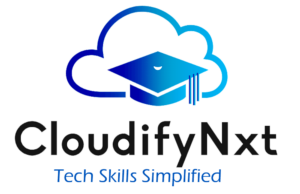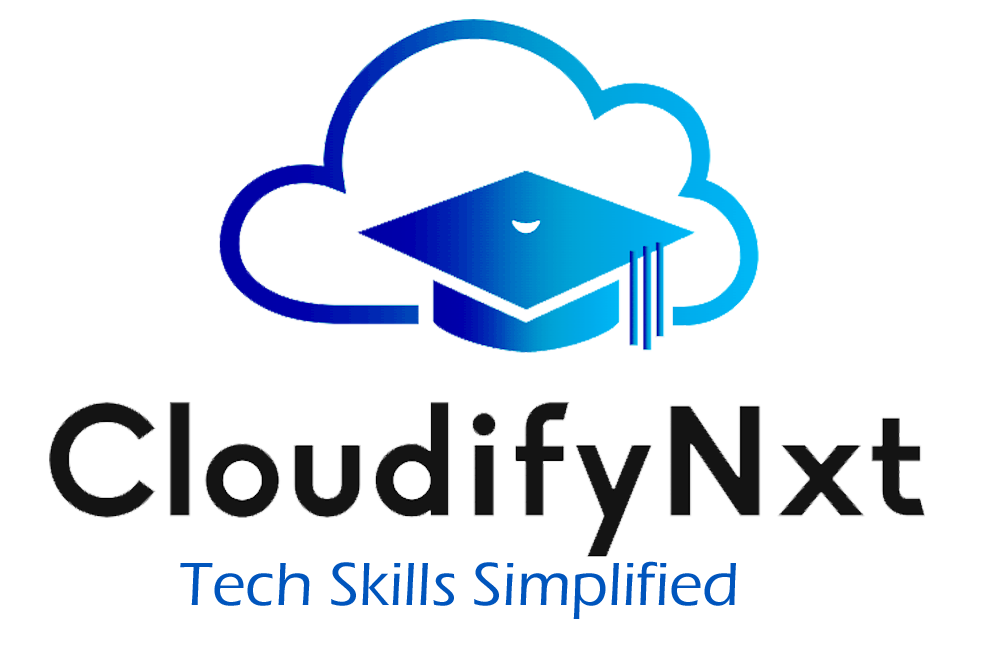
Data Science Subjects in First Year: A Detailed Overview for Beginners
Starting a data science course can be exciting yet challenging, especially during the first year when foundational subjects set the stage for advanced learning. If you are searching for data science subjects in the first year or want to know what topics are covered in an entry-level data science curriculum, this guide will walk you through all the essential subjects, helping you prepare effectively.
Contents
What Do First-Year Data Science Courses Usually Include?
The first year of a data science program primarily focuses on building strong fundamentals in mathematics, programming, statistics, and data management. These subjects are designed to equip students with the skills required to analyze data and solve real-world problems efficiently.
Key first-year subjects in data science typically include:
-
Fundamentals of Mathematics for Data Science
-
Programming with Python or R
-
Introduction to Statistics and Probability
-
Basics of Data Structures and Algorithms
-
Database Management and SQL
-
Data Visualization and Communication
-
Introduction to Machine Learning Concepts
Importance of First Year Subjects in Data Science
The first-year syllabus plays a pivotal role in a student’s data science journey. It lays the groundwork for understanding complex machine learning models, data engineering, and predictive analytics in later years. Without a solid grasp of these foundational subjects, progressing in data science can become difficult.
By mastering these basics, students develop analytical thinking and technical skills critical for interpreting and handling large datasets — an indispensable asset in today’s data-driven industries.
Core First Year Data Science Subjects Explained
1. Mathematics for Data Science
Mathematics forms the core of many data science algorithms and techniques. The first-year curriculum usually includes:
-
Linear Algebra: Concepts like matrices and vectors that underpin machine learning.
-
Calculus: Differentiation and integration important for optimization problems.
-
Probability: Understanding likelihoods and distributions essential for statistical modeling.
-
Descriptive and Inferential Statistics: For summarizing data and making predictions.
A strong mathematical foundation enables students to understand how algorithms work and optimize them effectively.
2. Programming Languages: Python & R
Programming is a crucial skill in data science. Most courses introduce:
-
Python Programming: Basics of syntax, loops, functions, and libraries like Pandas and NumPy.
-
R Programming: Used extensively for statistical analysis and data visualization.
-
Writing scripts to preprocess and clean data sets.
Learning to code early on prepares students for more advanced data manipulation and machine learning tasks.
3. Statistics and Probability
Data science depends heavily on statistics to interpret data. Topics covered include:
-
Probability distributions (normal, binomial, etc.)
-
Statistical tests and hypothesis validation
-
Sampling techniques and estimation
-
Correlation and regression analysis
This subject helps students make data-driven decisions and quantify uncertainties.
4. Data Structures and Algorithms
Efficient data handling is key in data science. Core concepts taught:
-
Arrays, linked lists, stacks, and queues
-
Searching and sorting algorithms
-
Algorithm complexity (Big O notation)
Understanding these helps students write efficient code for processing big datasets.
5. Database Systems and SQL
Managing data effectively requires knowledge of databases:
-
SQL basics for querying databases
-
Database design and normalization
-
Introduction to NoSQL systems
-
Practical exercises in retrieving and updating data
These skills ensure smooth data storage and extraction in projects.
6. Data Visualization and Communication
Being able to communicate insights visually is important:
-
Creating charts and graphs with tools like Matplotlib, Seaborn, or Tableau
-
Data storytelling techniques
-
Presentation and report writing skills
Clear visualization aids in interpreting data and influencing decisions.
7. Introduction to Machine Learning
Although in-depth machine learning is often reserved for later years, many programs introduce:
-
Basic concepts of supervised and unsupervised learning
-
Simple algorithms like linear regression and k-means clustering
-
Hands-on mini projects
This introduction provides context for why foundational subjects matter.
How to Excel in First Year Data Science Subjects?
Success in your first year demands consistent effort and the right strategies:
-
Practice coding regularly using online platforms and projects.
-
Strengthen your math skills with focused exercises in calculus and linear algebra.
-
Engage with real datasets to apply statistical concepts.
-
Participate in study groups to improve understanding and communication skills.
-
Use online tutorials and resources for subjects you find challenging.
